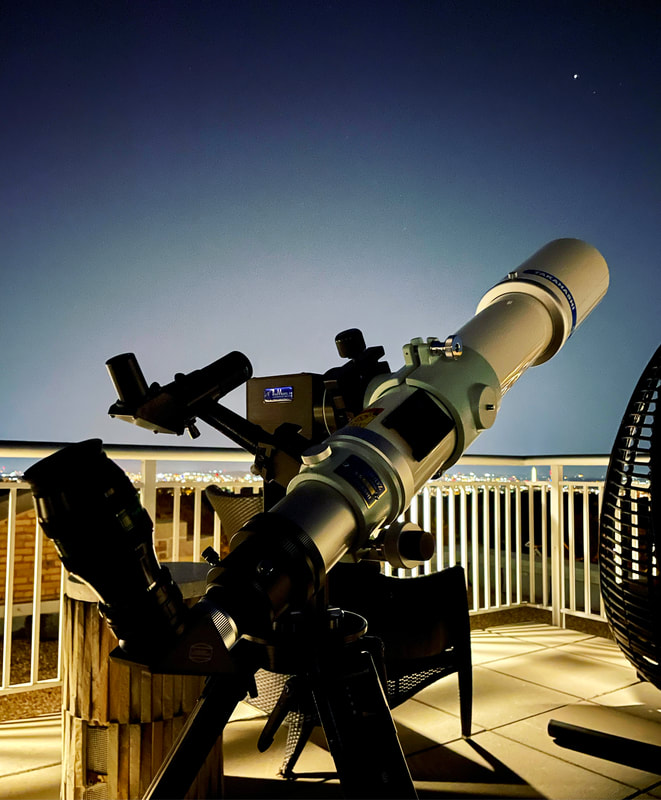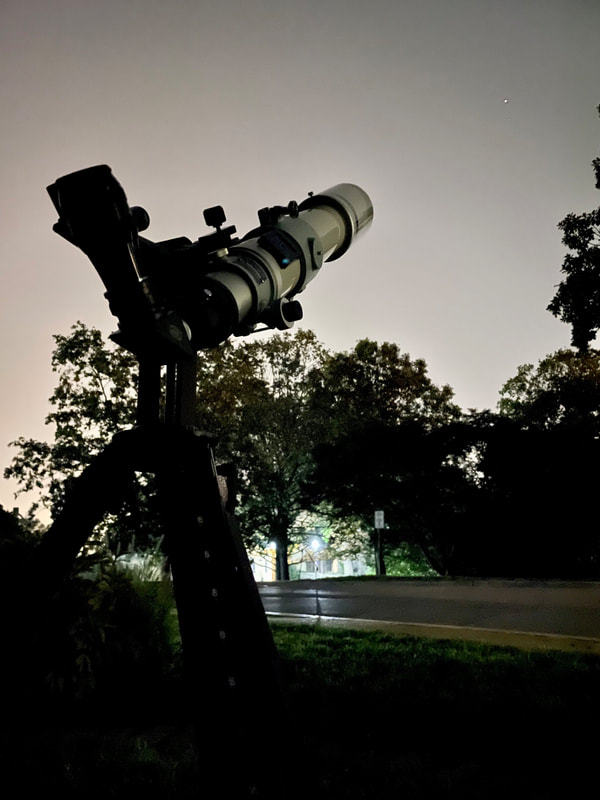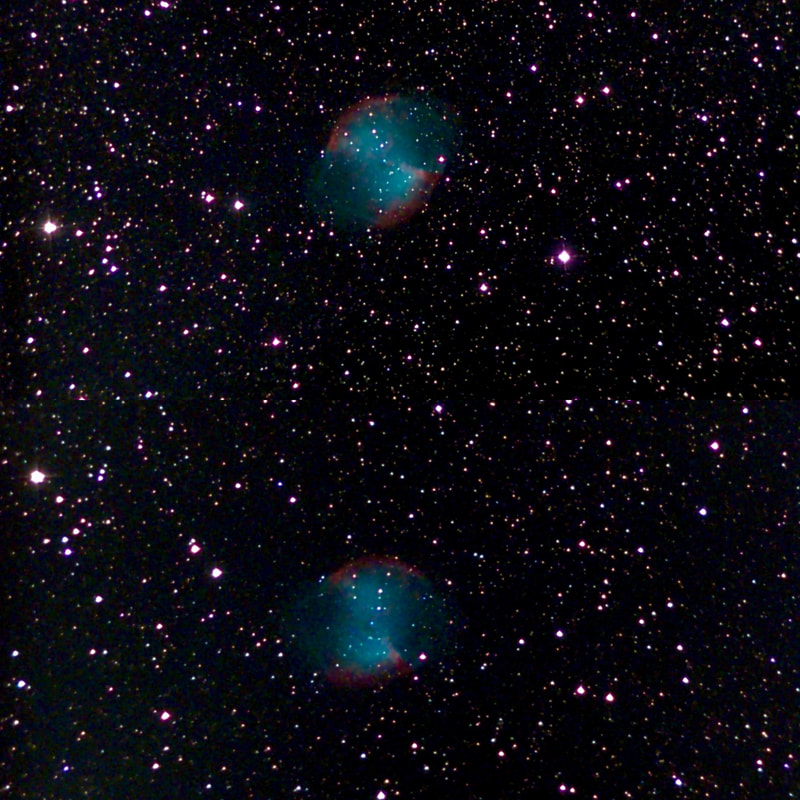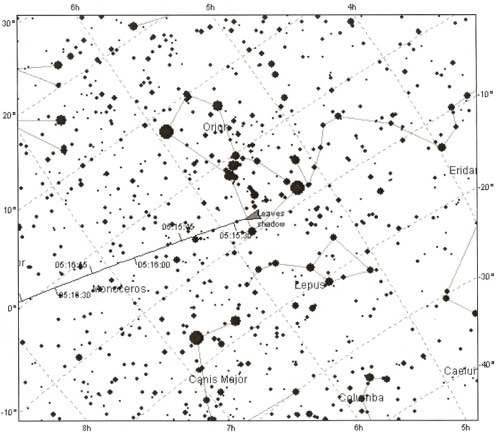|
We've had some clear skies over the past week, and of course for me that involved hauling my telescopes outside. With Jupiter and Saturn high above the horizon early in the evening, now is a great time for planetary observation. I set up my Takahashi FC-100DZ on our rooftop one night, but although it was convenient - and the National Mall looked spectacular in the distance - plumes of heat rising from our building marred the view. Jupiter was a boiling mess, and Saturn looked only slightly better. Smoke from the west coast wildfires moved in early this week, so the transparency of the sky plummeted. Yet seeing was above-average, and - knowing that a little haze in the sky can sometimes improve planetary views - I stepped out anyway, Takahashi in hand. I mount the telescope on a DiscMounts DM-4, and although the mount should easily be able to hold the Takahashi with minimal vibration, so far its stability doesn't compare to that of the AYO II I recently sold - even on my heaviest tripod. Perhaps I need to play around with the tension? I suppose I'll keep experimenting. I wasn't prepared for the thickness of the wildfire smoke at high altitude - yes, that's more than a little depressing - and so Jupiter and especially Saturn were dimmer than I'd anticipated. Yet seeing was, at times, phenomenal. All of Jupiter's moons were visible, and all looked like clear disks of varying color and size. Orange Io and giant Ganymede were especially easy to pick out at 177x, and for once I wished I had more magnification (unfortunately, I'd left my Nagler zoom eyepiece at home). On nights of bad seeing, one two dark belts can be visible on Jupiter. Now, I saw some spectacular detail. Not only were the two northern and two southern temperate belts plainly visible, but I could make out delicate, at times feathery texture all along each belt. I lingered a while on that view. Saturn, unfortunately, was less impressive: the smoke was just too thick to permit more than a dim view. On a night with higher transparency, I walked out with my EVScope. I confirmed what I'd long suspected: in a light-polluted urban sky, brightening at the edges of the view precludes long exposures. While you can still get impressive urban (!) views of many nebulae, star clusters, and galaxies, the telescope performs much better when the light pollution isn't as bad.
The comparison above shows what the EVScope can do under a suburban sky (top) and in ideal conditions under an urban sky (bottom), with similar exposure times. It should be stressed that conditions for the bottom image were truly ideal: the nebula was near zenith, there was no Moon, and transparency was excellent. Still, it's clear that the telescope goes a bit deeper when the light pollution is lower. Of course, I also could have had a much longer exposure under that suburban sky, had I wanted to do that. All in all, two good nights of very different observing - and one pleasant view from our rooftop.
0 Comments
Leave a Reply. |
Archives
March 2024
Categories
All
|






 RSS Feed
RSS Feed